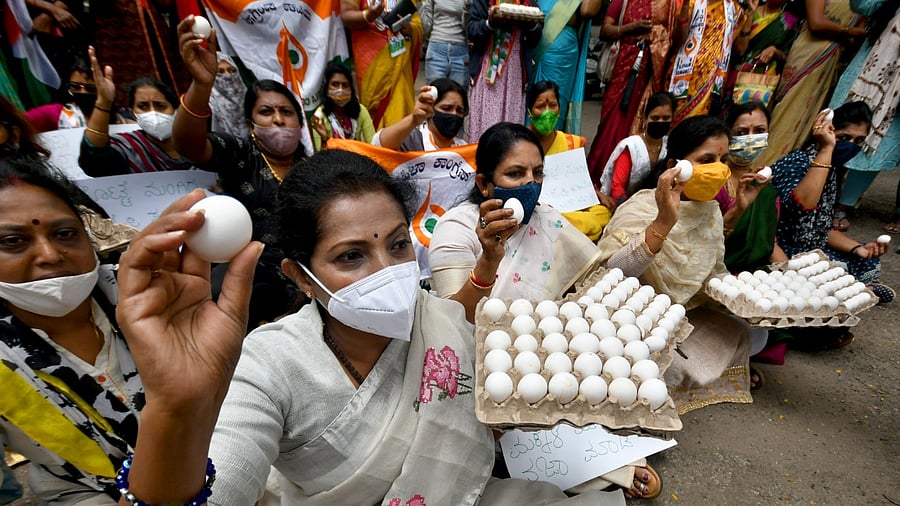
Though Karnataka has launched several programmes like Anna Bhagya, Mathrupoorna and mid-day meal scheme for school children, a report by the state government reveals that nearly 3.5 lakh children are malnourished. Though another report by Niti Ayog shows a declining trend in 20 out of the 30 districts and the state government itself claims that the figures have improved compared to the preceding year, the ground reality could be quite different as the pandemic had interfered with the identification and registration of malnourished children. North Karnataka continues to remain backward even on this count with six districts from the area — Kalaburagi, Raichur, Koppal, Ballari, Yadgiri, Bidar — emerging as the worst affected with the highest number of severely and moderately malnourished children. Instead of merely blaming the government for neglecting North Karnataka, the MLAs from these districts and the officers concerned should take the rap for utterly failing in their duty in ensuring the effective implementation of various schemes. India accounts for a third of the global burden of childhood stunting, mainly caused due to malnutrition. In Karnataka, the prevalence of stunting is in the range of 17% to 21% according to the National Family Health Survey.
With schools remaining closed for about two years, thousands of children were denied mid-day meals, the only source of nutritious food for many. While some states like Kerala had made arrangements to provide food to children during the pandemic, though schools were shut, Karnataka absolved itself of all responsibility, though the High Court had passed caustic remarks on several occasions admonishing the government for not resuming mid-day meals even after regular classes had commenced. “The provision of mid-day meal is a part of the fundamental right to education. You cannot expect children to study on a hungry stomach,” the court held. The full impact of the government’s lack of foresight will be known only in the coming years, as not just thousands of school children but also children below five years of age enrolled in anganwadis had no access to nutritious food for nearly two years. Regular immunisation of children was also severely affected during the period which could further aggravate the problem.
The issue has assumed even more serious proportions with many poor students suspected to have permanently dropped out of schools. The government should not only go all out to re-enrol such students but should also identify every single malnourished child and take corrective measures without any delay. Merely launching poverty alleviation programmes without ensuing availability and consistency of supply of nutritious food, will in no way help curb food instability among children.
